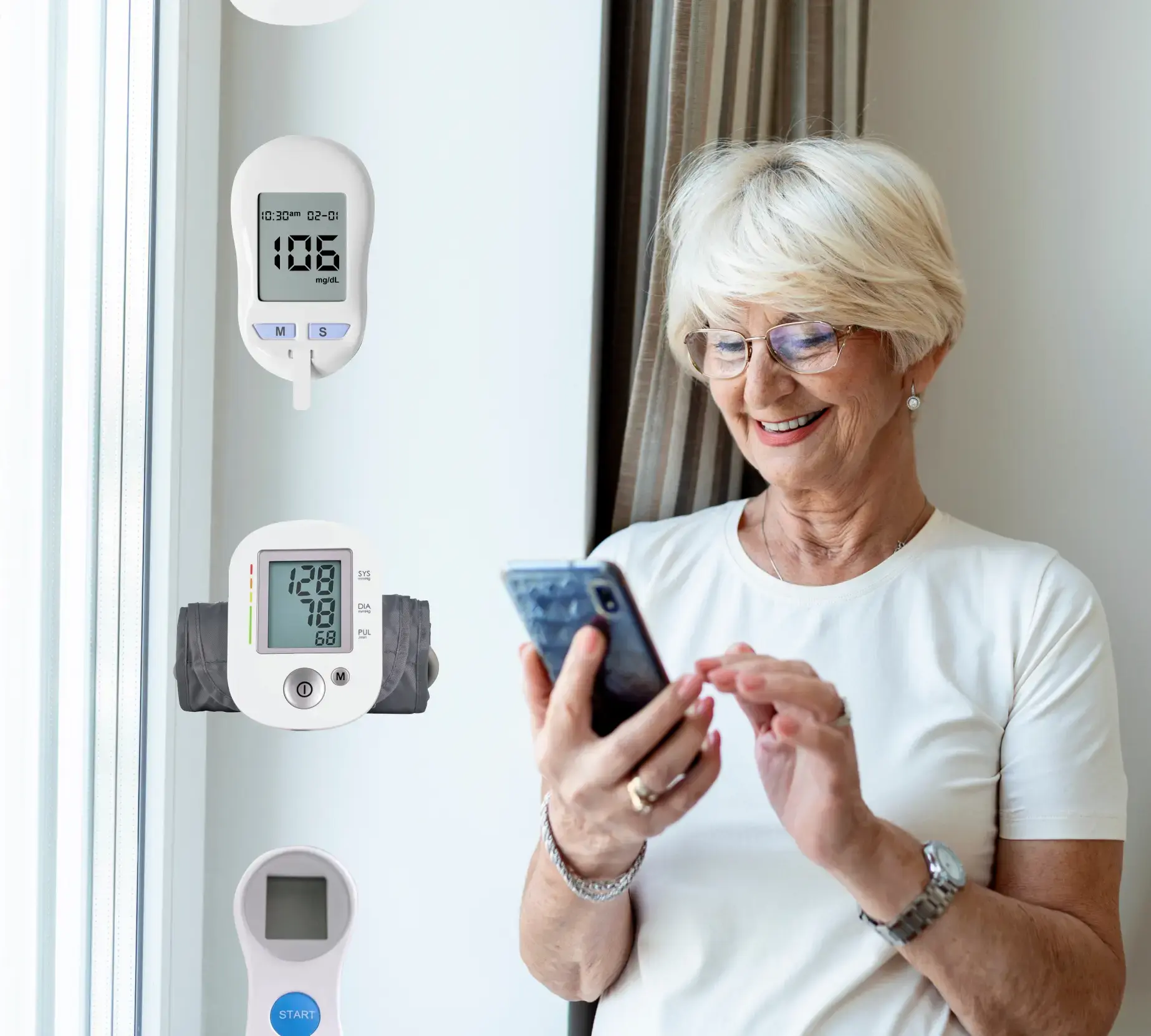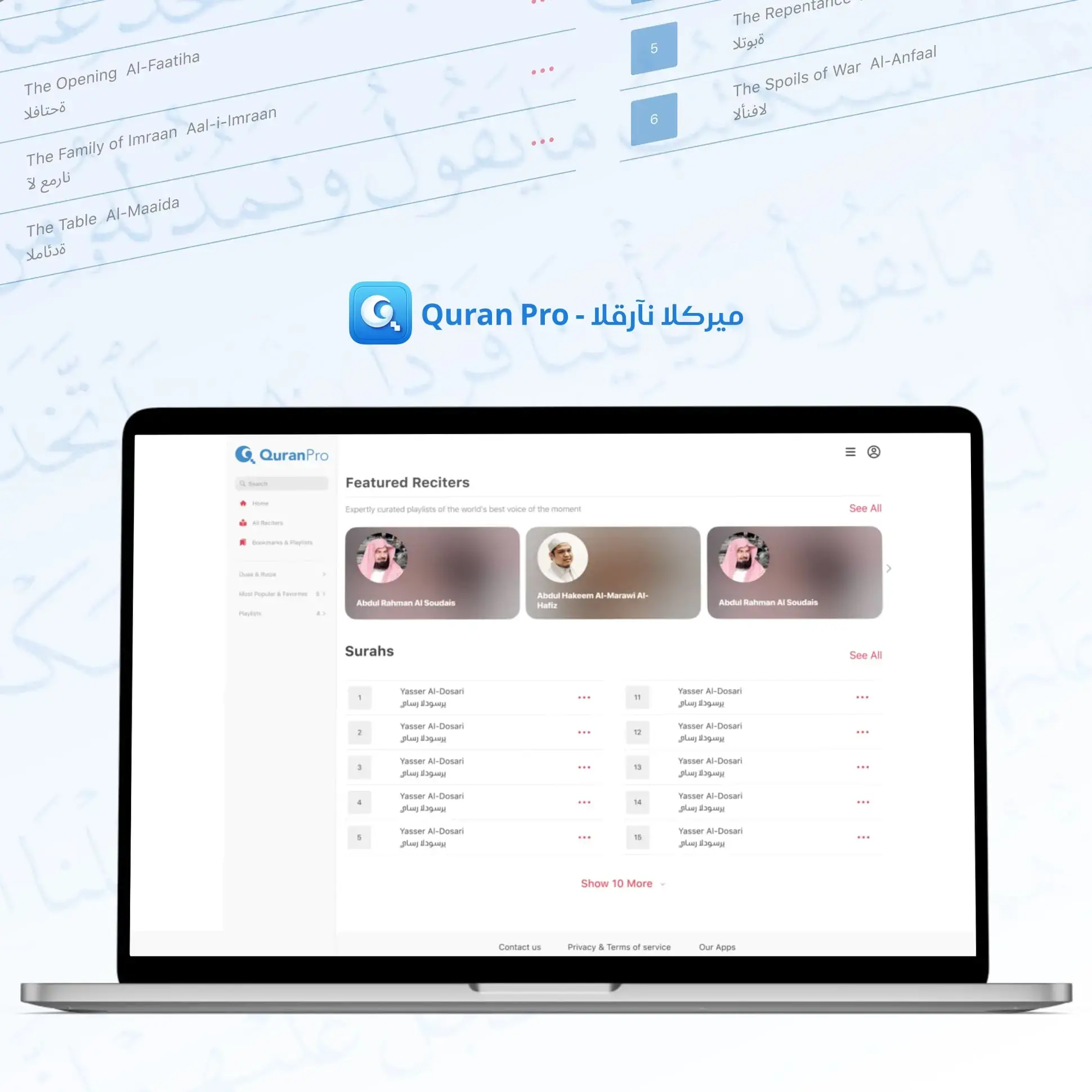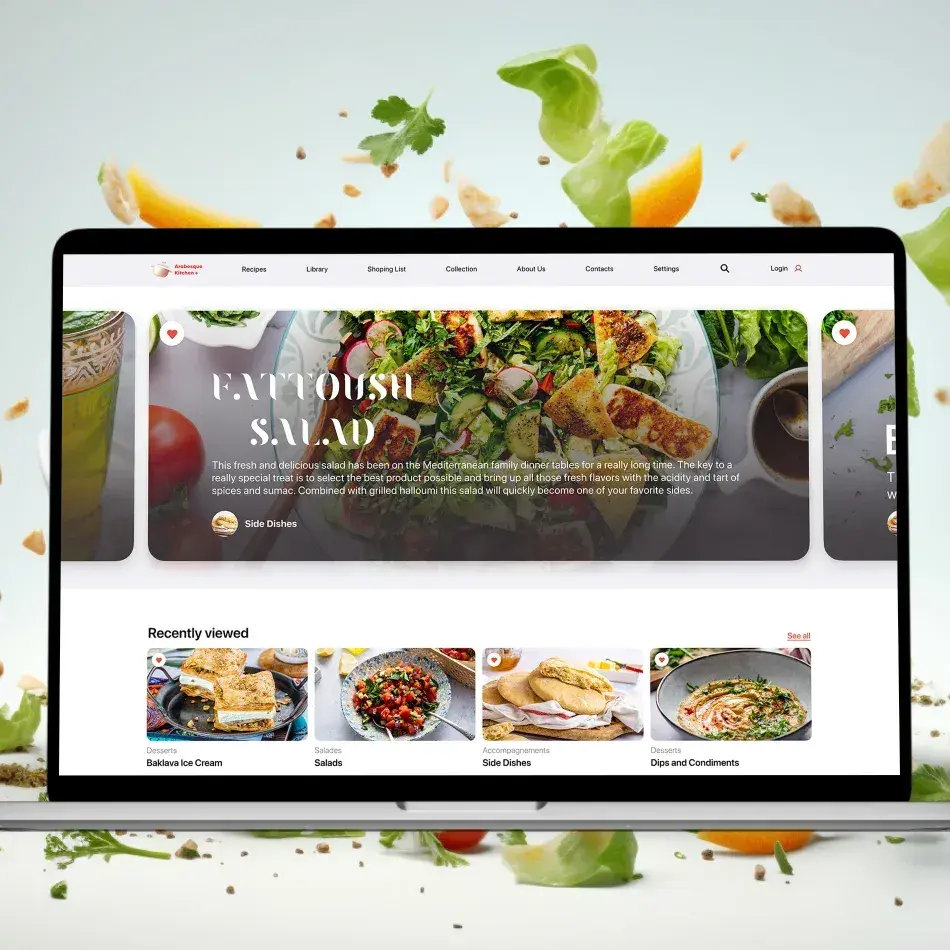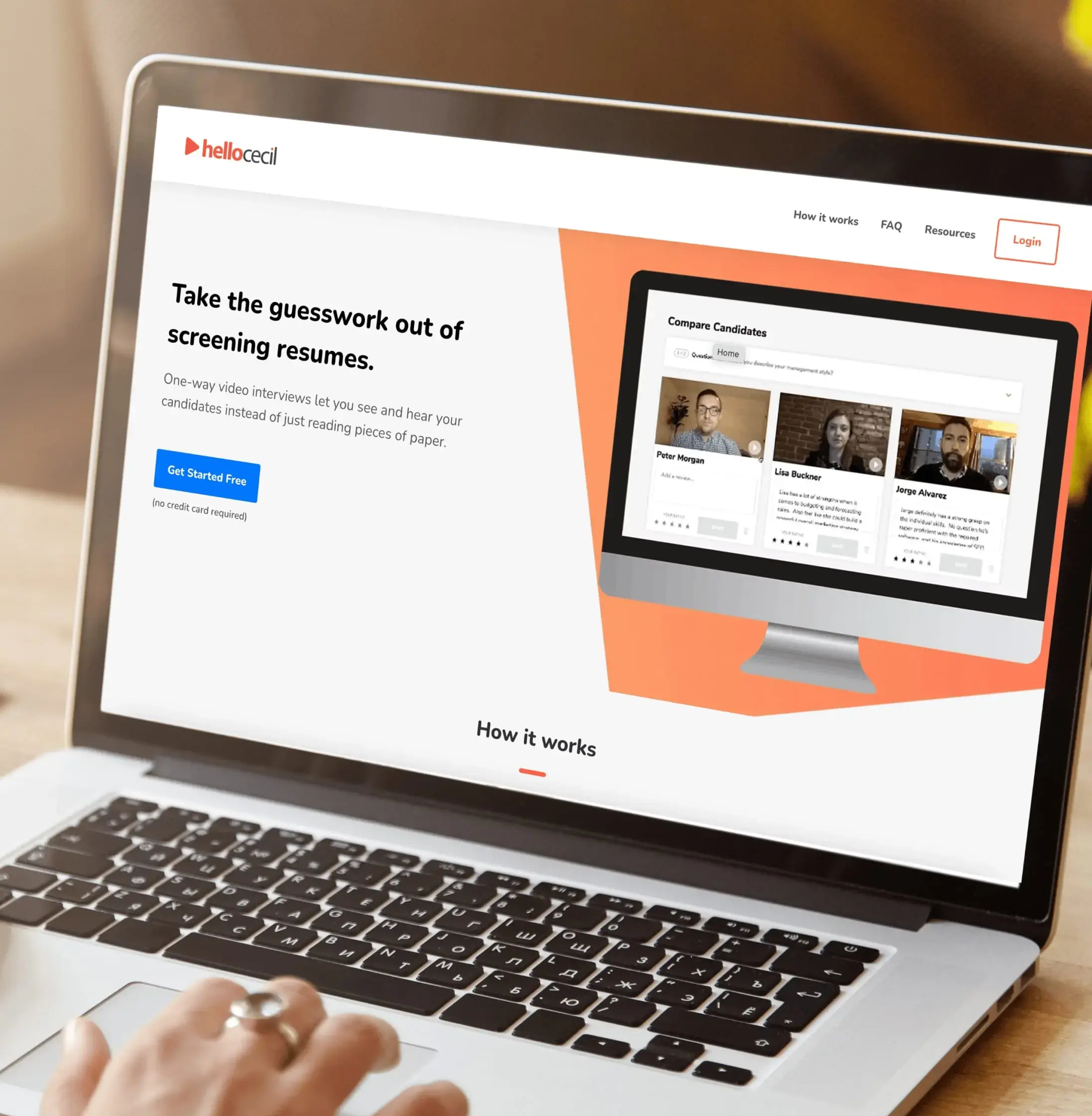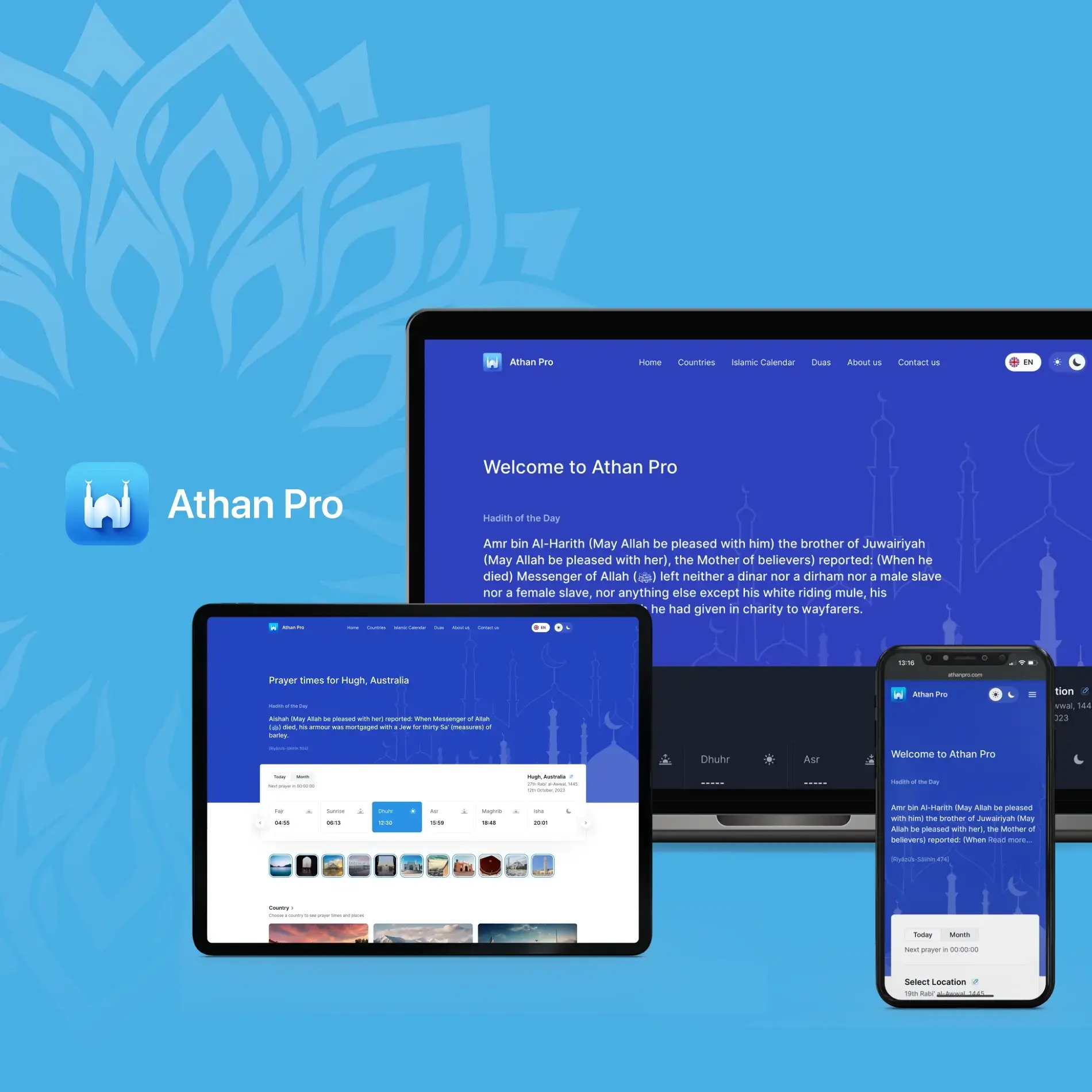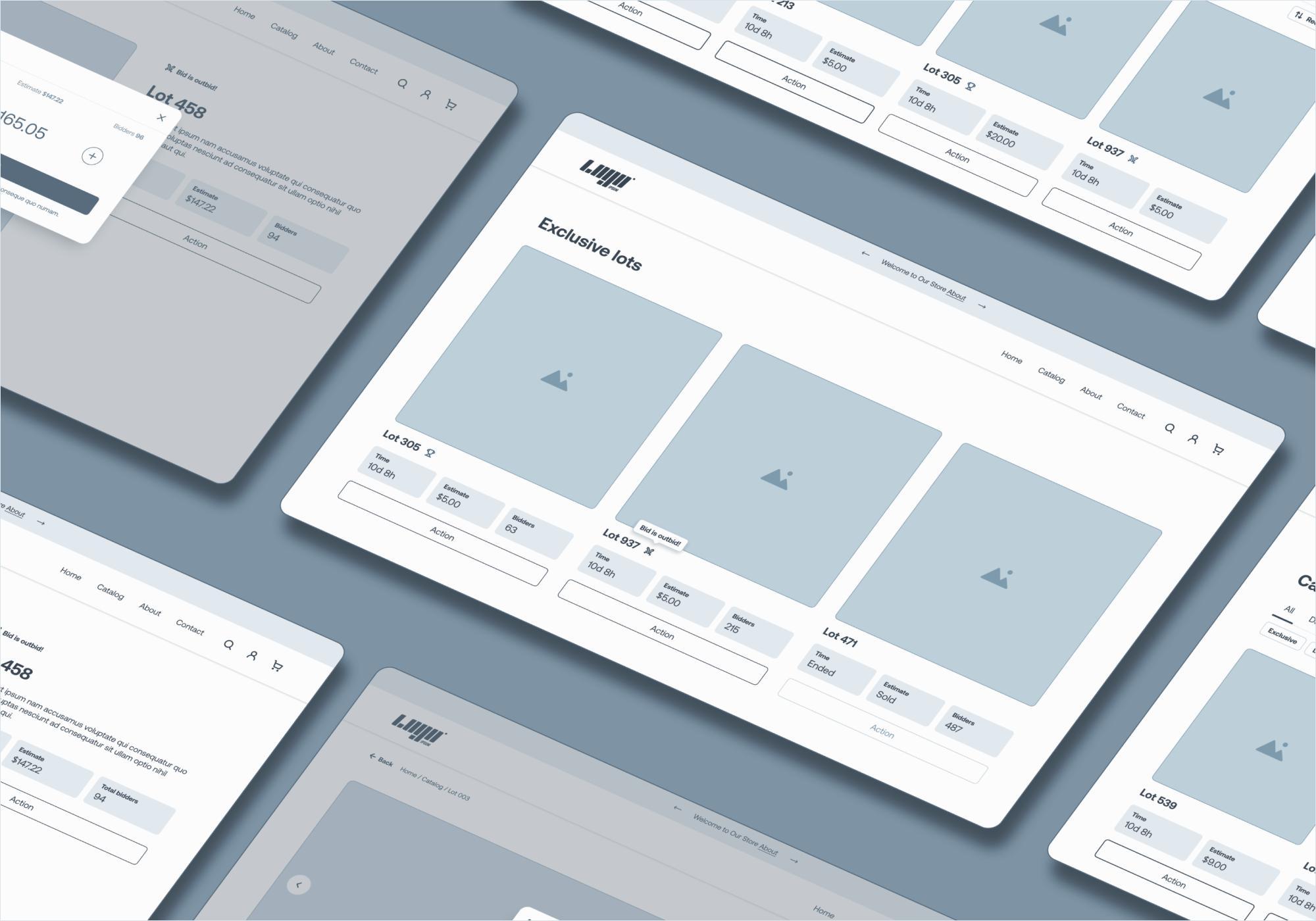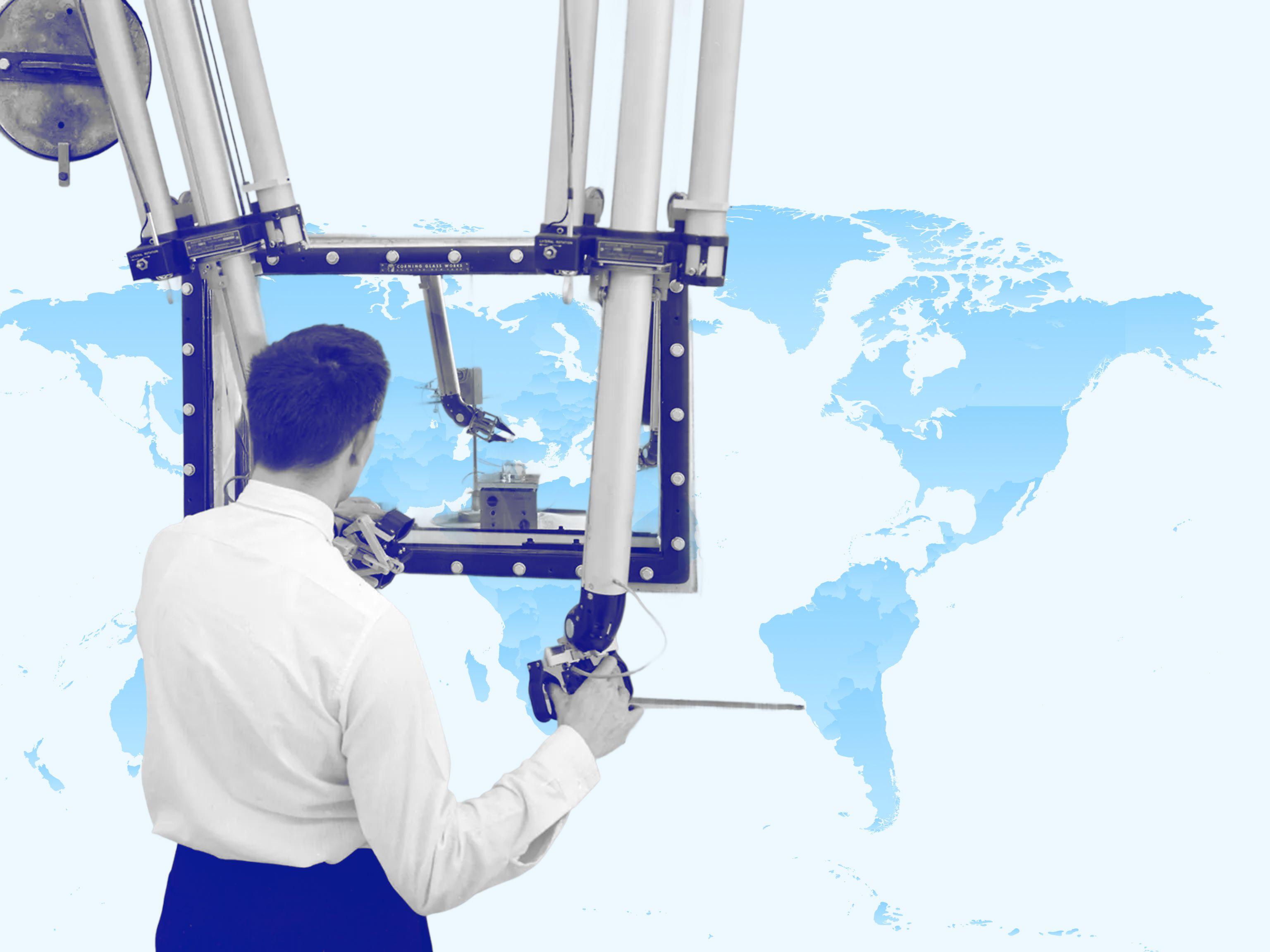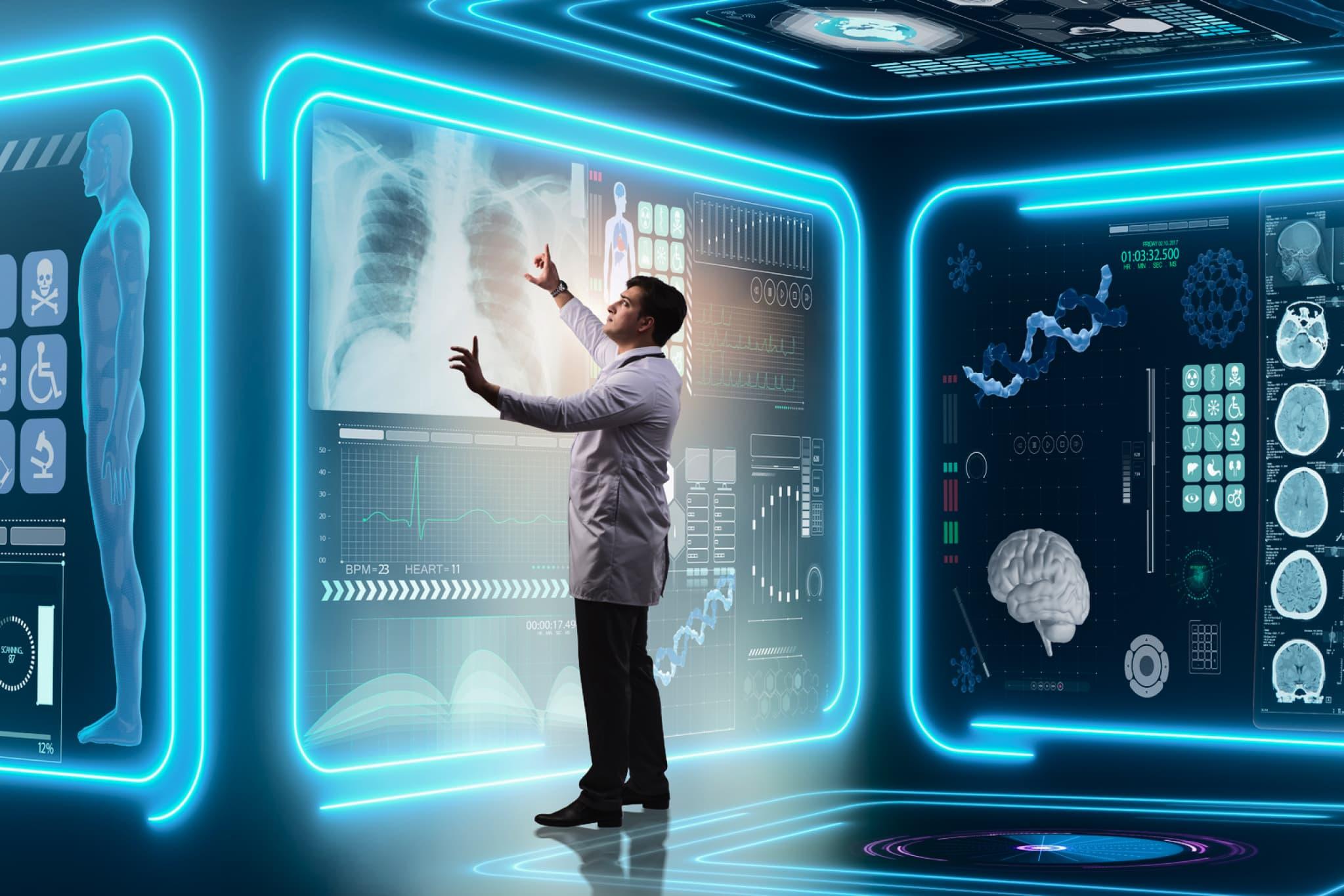
- Healthcare Software
- Web Development
IoT in Healthcare: Benefits and Challenges of Implementation
Check out this article to discover what exactly is the Internet of Things, and what are the benefits and challenges of implementing IoT in healthcare products.
May 17, 2024 | Updated on November 24, 2025 | 10 min

Alex Padalka
CEO and Co-founder at JetBase
Table of Contents
- Defining IoT and Its Importance in Healthcare
- How IoT Facilitates Processes in Healthcare
- Assessing the Present State of IoT in the Healthcare Sector
- How Healthcare Companies Leverage IoT in the Real World
- Exploring the Benefits of IoT in Healthcare
- Challenges of the IoT in Healthcare
- Best Practices for Integrating IoT Into Healthcare Products
- How Can Jetbase Help You Implement IoT in Healthcare Products?
- The Future Outlook of IoT in Healthcare
- Conclusion
Our Cases
Innovation isn’t just about ideas - it’s about execution, turning vision into reality, and creating solutions that truly make an impact. See what we’ve built and how it works:
- HealthCare
- Media & Entertainment
- eCommerce
- Amazon Web Services
- Cloud Cost Optimization
- Serverless Application
- Retail
- HealthCare
- Media & Entertainment
- eCommerce
- Amazon Web Services
- Cloud Cost Optimization
- Serverless Application
- Retail

